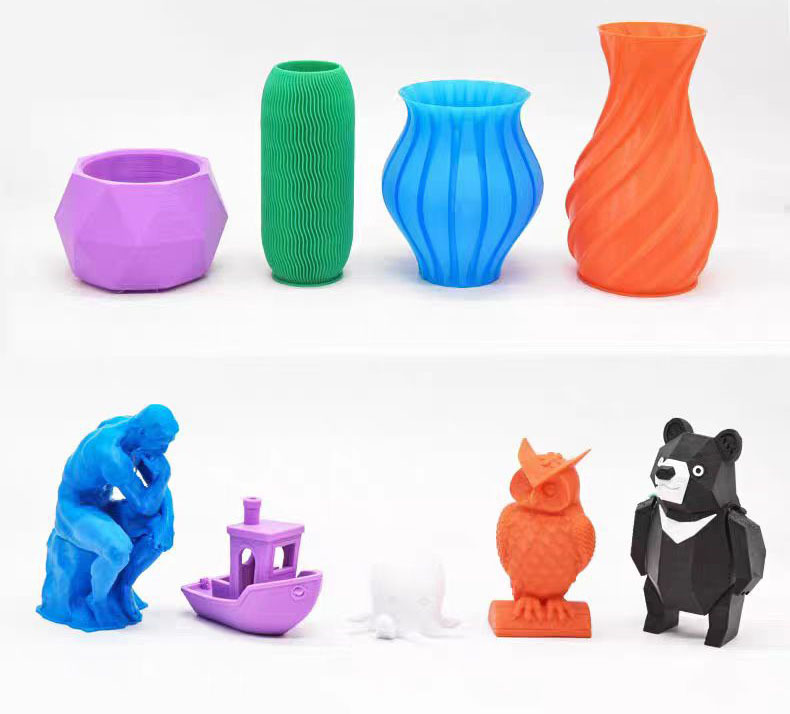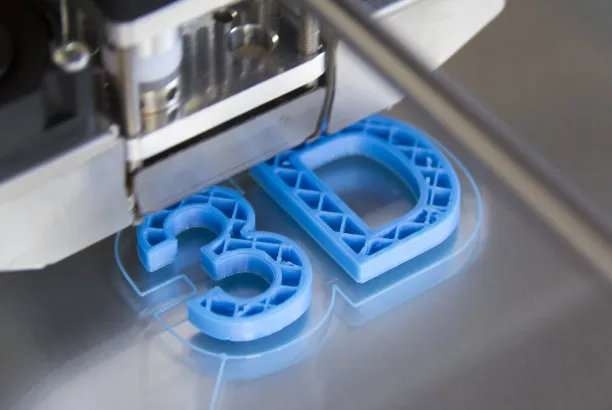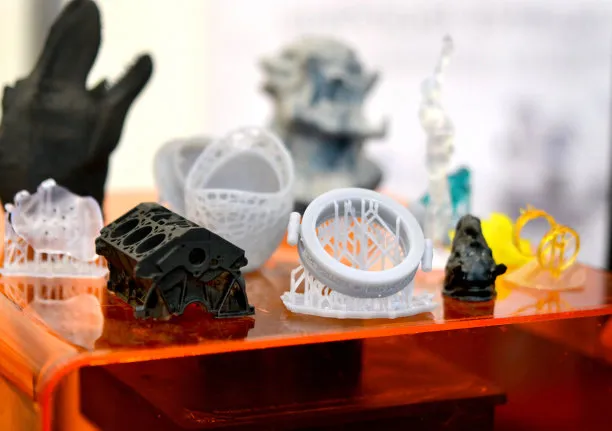3D Printing Applications - Why Choose Additive Manufacturing Business?
Release time:2025-02-17
Additive manufacturing and 3D printing are the same technology, but they are referred to differently.
Additive manufacturing and 3D printing are the same technology, but they are referred to differently. Additive Manufacturing (AM) is commonly referred to as 3D Printing, and the two are highly consistent in terms of technical principles and applications.
Technical definition and principles
Additive manufacturing (3D printing) is a technology that manufactures three-dimensional objects by adding materials layer by layer. It creates a three-dimensional model of an object through computer-aided design (CAD) software, then divides the model into several two-dimensional layers, and uses a numerical control system to control the printer to stack materials layer by layer, ultimately forming a three-dimensional solid.
Application Fields
Additive manufacturing (3D printing) has a wide range of applications in multiple fields, including:
Aerospace: Used for manufacturing key components such as next-generation fighter jets, domestically produced large aircraft, and new rocket engines.
Medical: Used for manufacturing auxiliary medical devices, implants, etc., and may also be applied to in vivo printing in the future.
Automobile: mainly used for manufacturing precision castings and complex structural components.
Other fields: such as jewelry design, footwear design, industrial design, construction engineering, education, etc.
Technical advantages and challenges
Additive manufacturing (3D printing) has the following advantages:
High design freedom: capable of achieving complex geometric shapes that are difficult to achieve with traditional manufacturing processes.
High material utilization rate: adding materials layer by layer to reduce waste.
Shorten production cycle: rapid prototyping and direct manufacturing of final products, reducing mold manufacturing and production line debugging time.
Strong customization ability: suitable for small batch production and personalized products.
However, additive manufacturing (3D printing) also faces some challenges, such as high costs and complex technology.
TAG:
Related Blog








